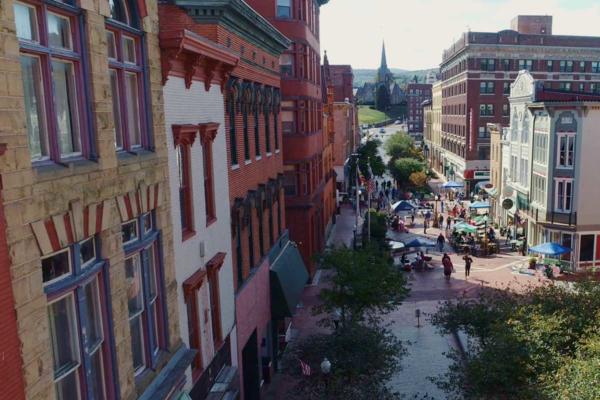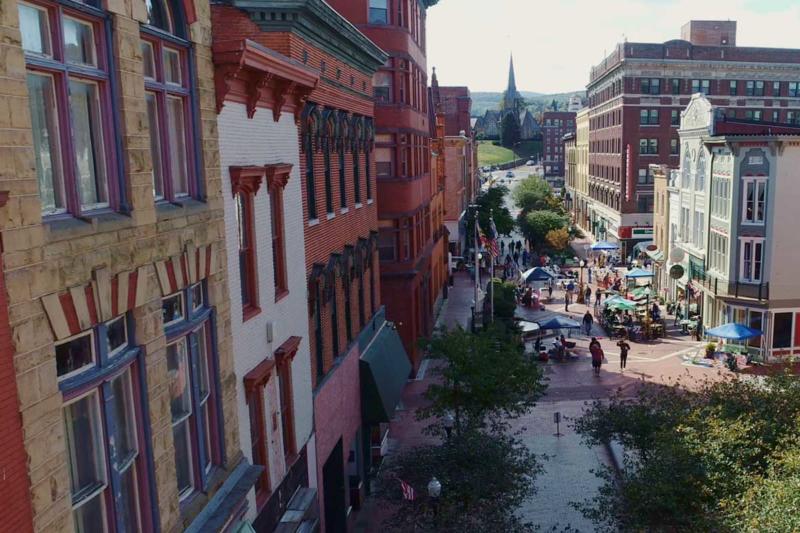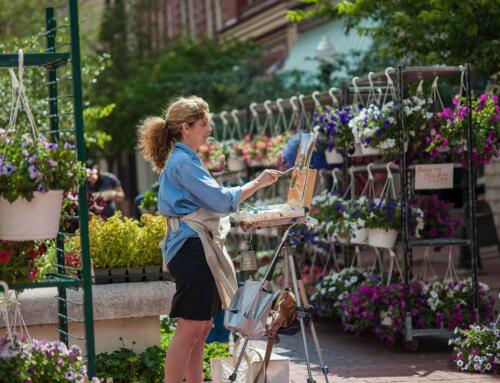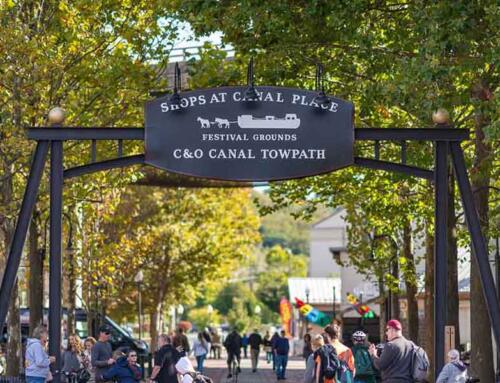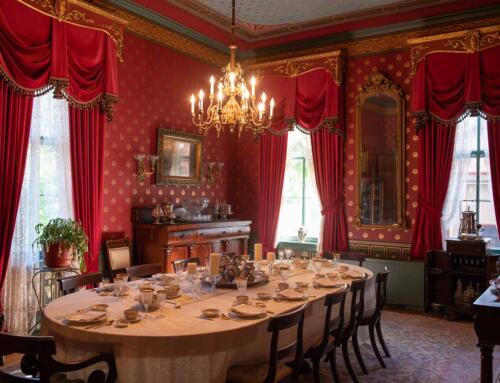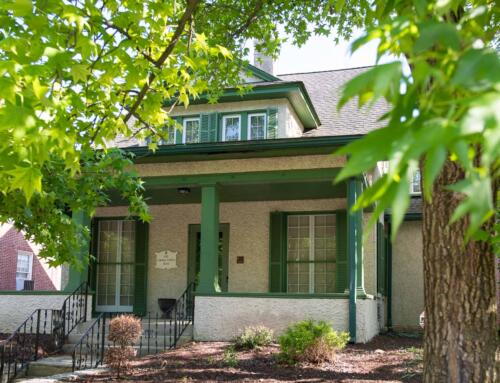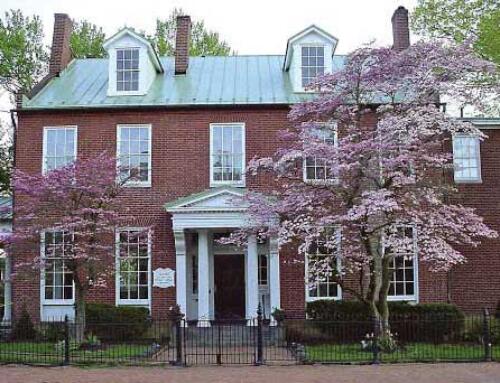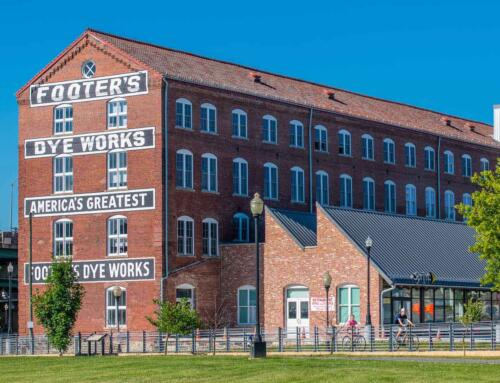Historic Cumberland City Center
An impressive collection of well-preserved commercial buildings.
The Downtown Historic District reflects the prosperity and growth that ensued as Cumberland became a major transportation center in the mid 1800s.
Download Walking Tour Map
The completion of the Chesapeake and Ohio Canal, and the arrival of the Baltimore and Ohio Railroad converted this small town into a major transportation and industrial center.
Cumberland also grew to be Maryland’s second largest manufacturing center in the mid-19th century.
The district possesses an impressive collection of mid-19th to early 20th-century architectural styles, including Italianate, Art Deco, Beaux Arts, Romanesque, and Georgian Revival. The well-preserved commercial buildings comprise the city’s Central Business District, which remains an integral part of the town’s economy.
The majority of buildings were constructed from 1890 to 1920, including major banks, civic buildings, and department stores. The downtown area evolved as a dense collection of large scale buildings, three or more stories tall, and generally brick, with stone, metal or wood decorative trim. Many of these have been altered only minimally, primarily with the replacement of street level signs and entrances. Notable buildings include City Hall, the Bell Tower, Public Safety Building, B’er Chayim Temple, Second National Bank, Third National Bank, Fort Cumberland Hotel, Embassy Theatre and Rosenbaum’s Department Store.
In the late 1970s, Baltimore Street was paved with bricks and became a pedestrian mall. In 1997, the district was recognized as a Main Street Maryland community.
Today, a visit to Cumberland Historic City Center is an opportunity to experience Cumberland’s rich history while at the same time, experiencing it’s re-birth. Enjoy small shops and myriad dining opportunities. Feel the new energy of the Arts and Entertainment District!
Historic Cumberland City Center
An impressive collection of well-preserved commercial buildings.
The Downtown Historic District reflects the prosperity and growth that ensued as Cumberland became a major transportation center in the mid 1800s.
Download Walking Tour Map
The completion of the Chesapeake and Ohio Canal, and the arrival of the Baltimore and Ohio Railroad converted this small town into a major transportation and industrial center.
Cumberland also grew to be Maryland’s second largest manufacturing center in the mid-19th century.
The district possesses an impressive collection of mid-19th to early 20th-century architectural styles, including Italianate, Art Deco, Beaux Arts, Romanesque, and Georgian Revival. The well-preserved commercial buildings comprise the city’s Central Business District, which remains an integral part of the town’s economy.
The majority of buildings were constructed from 1890 to 1920, including major banks, civic buildings, and department stores. The downtown area evolved as a dense collection of large scale buildings, three or more stories tall, and generally brick, with stone, metal or wood decorative trim. Many of these have been altered only minimally, primarily with the replacement of street level signs and entrances. Notable buildings include City Hall, the Bell Tower, Public Safety Building, B’er Chayim Temple, Second National Bank, Third National Bank, Fort Cumberland Hotel, Embassy Theatre and Rosenbaum’s Department Store.
In the late 1970s, Baltimore Street was paved with bricks and became a pedestrian mall. In 1997, the district was recognized as a Main Street Maryland community.
Today, a visit to Cumberland Historic City Center is an opportunity to experience Cumberland’s rich history while at the same time, experiencing it’s re-birth. Enjoy small shops and myriad dining opportunities. Feel the new energy of the Arts and Entertainment District!


